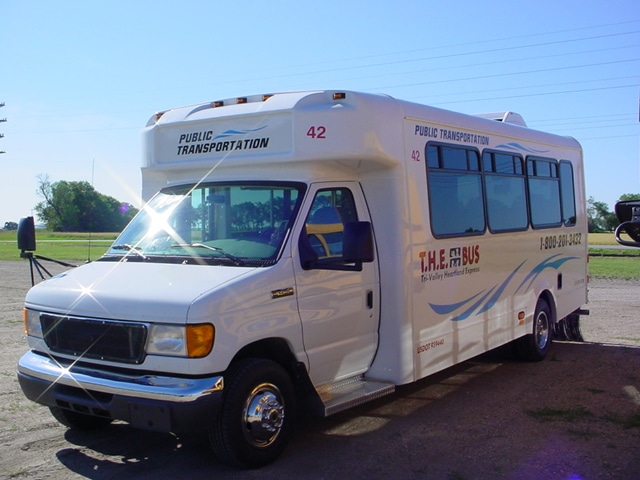More than 400,000 deer hunters are preparing for the firearms deer season that opens Saturday, November 4. The season offers opportunities to spend time outdoors with friends and family, find adventure, and put venison in the freezer.
Deer hunting is the primary tool used to manage deer populations, and hunters help keep deer numbers aligned with population goals across the state. Managing deer populations contributes to the overall health of Minnesota’s landscapes, natural systems, and economy.
The Minnesota Department of Natural Resources wildlife managers report that there should be good opportunities to harvest deer in most areas.
Hunters should know the deer permit area (DPA) number for where they plan to hunt before a license and ensure they understand chronic wasting disease regulations and sampling options. Hunters can find these details using the DPA lookup tool on the Minnesota DNR’s Make a plan for deer season webpage (mndnr.gov/deerhunt).
Deer hunters are required to have deer one year or older sampled for CWD in all CWD management and surveillance zones during the opening weekend of the firearms A season, Saturday, November 4, through Sunday, November 5, and during late CWD hunts Friday, December 15, through Sunday, December 17. Additional information about CWD requirements and sampling options can be found on the Minnesota DNR’s CWD webpage (mndnr.gov/cwd).
SOUTHERN DEER REPORT
Deer populations are increasing in southern Minnesota, and deer fared well over the winter.
River floodplains offer some of the best deer habitat and deer hunting in southern areas of the state. Following several years without a significant flood, vegetation in these floodplains has grown to offer excellent cover for deer — which bodes well for deer hunters. Large grass areas with embedded wetlands are also prime deer habitat, if water levels stay low, hunters will have easier access to this habitat.
Hunters in the southern part of the state will have increased opportunities to harvest deer following the 2021 public deer population goal-setting process. The goal-setting process increased harvest opportunities in response to growing deer populations in southern areas.
CENTRAL DEER REPORT
Deer populations remain robust and highly productive in central Minnesota, and deer also fared well over the winter.
Deer have been feeding on a bumper acorn crop this year. If dry conditions persist, hunters will continue to have easier access to wetland habitats.
Hunters can harvest as many as three deer in many deer permit areas in central Minnesota and as many as five deer in CWD management zones. To help manage deer populations, wildlife managers encourage hunters to take advantage of opportunities to harvest antlerless deer.
Hunters should also be aware that DPA 344 was redesignated as DPA 644 after CWD was detected on private land near the Whitewater Wildlife Management Area last year. Additionally, DPA 643 near Rochester has expanded to include DPA 343 after CWD was seen in the area.
NORTHEASTERN DEER REPORT
Deer populations in many northern areas of Minnesota are still struggling to recover following back-to-back severe winters.
During severe winters, thermal cover and forage availability become more important. In deep snow, deer have more difficulty moving around and become more susceptible to predation. The best deer harvest opportunities in the northeast of the state will be in the southern portion of this region, where deer numbers are higher and not affected by winter weather to the same extent as permit areas farther north.
The highest deer numbers are expected in areas of mixed habitat of open fields and forest. Scouting for local pockets of deer will improve hunter success. Hunters in far northern regions will again have fewer opportunities to harvest antlerless deer and, in some areas, will only be allowed to harvest bucks. This will give local deer populations in these northern areas a chance to grow where their numbers are below the goals established in the public deer population goal-setting process.
DPAs 604 and 679 are CWD management zones where hunters must follow mandatory CWD testing requirements on the opening weekend of firearms A season, November 4-5, and carcass movement restrictions. The city of Grand Rapids hunts also have a mandatory sampling of all deer one year of age or older taken in any season.
NORTHWESTERN DEER REPORT
Deer populations are primarily stable in northwestern Minnesota. While last winter was moderate to severe in some areas, especially around and north of Bemidji, the deer population fared well over the winter throughout most of the northwest part of the state.
Deer have been feeding on a bumper acorn crop this year. In low-lying areas, hunters will have easier access to ditches and wetlands if dry conditions persist.
Many DPAs in northwestern Minnesota have two- or three-deer harvest limits, and in DPAs 111 and 203, hunters are only allowed to harvest bucks. Some DPAs have lower harvest limits because of concerns about the last two winters’ effect on local deer populations, and the lower deer limits will give deer populations a chance to grow in these areas.
Hunters should also know that CWD sampling will be mandatory during the opening weekend of the regular firearms deer hunting season in parts of three areas of the region, including the East Grand Forks-Crookston-Climax area in DPA 661, as well as the Bemidji area in DPA 684. Mandatory CWD sampling will also occur this year in northwest Minnesota’s elk range in parts of Kittson, Marshall, and Roseau counties. Although CWD has not been detected in these areas, the DNR is sampling there to assess the disease risk in local deer and elk.
Deer hunting information is available on the Minnesota DNR’s deer hunting webpage (mndnr.gov/hunting/deer).

Tags:



